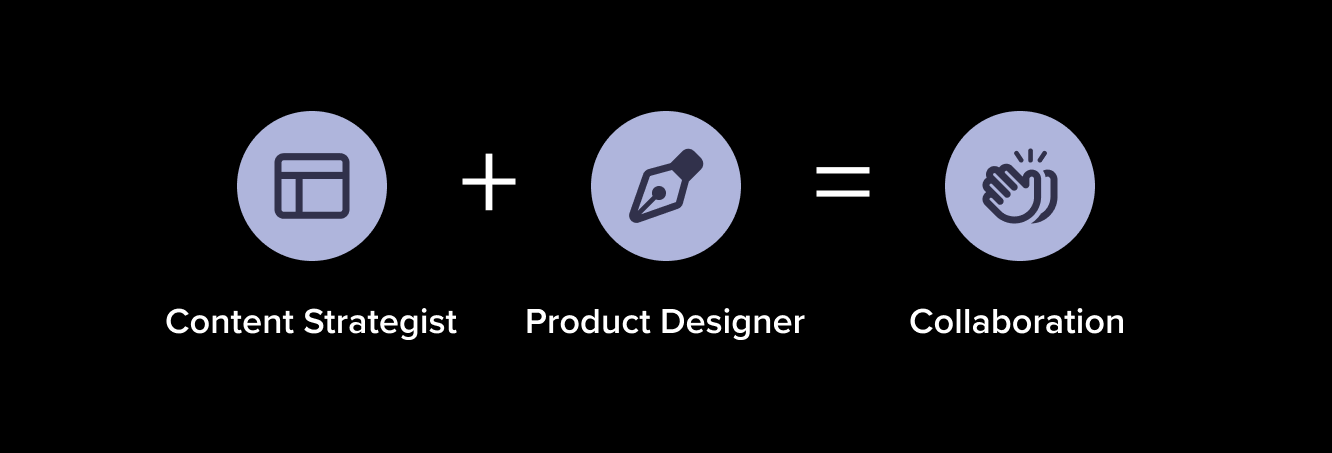Content inventory and auditing, an adjacent skill
Content Strategy, week two
Upon entering week two of my elective course, TECM 5200: Content Strategy, at the University of North Texas, I was excited to learn more and couldn't wait to dive into the new materials! From what I learned in week one, I was confident I could start to apply what I had learned within my current role.
During a planning call earlier this week, I chatted with my Product Manager, who has become a mentor, discussing how my learnings could benefit the team. Through our conversation, he made me realize that I was learning essential adjacent skills to mine, noting,
“A big part of career growth is learning the next most adjacent skills to yours, and it benefits not only you but your colleague as well because you can start to apply what you know about their priorities into your work, taking some burden off of the project by eliminating potential rework.”
This only deepened my fascination with content strategy! I was very excited to learn more, apply what I was learning as a designer, and gain skills to help me work more efficiently with any future colleagues I have as a Content Strategist, Content Designer, or Technical Writer.
What did you read or watch that surprised, delighted, or disappointed you? Why?
I enjoyed the brief but informative video by the Neilsen/Norman Group, “How To: Content Inventory and Audit.” It provided a clear overview of content inventory and auditing, breaking down the basics of scoping a content project, creating a content inventory, and determining evaluation criteria.
What surprised me was how integral this process can be in moving the needle on business goals and KPIs (key performance indicators). The focus isn't just on quantity but quality—ensuring content adds value rather than overwhelming the user, leading to negative KPI performance. I also found the similarities between content audits and my work as a Product Designer particularly interesting.
Content strategists conduct audits to evaluate and improve content, and Product or UX Designers conduct experience inventories and audits to refine user flows and information architecture. For instance, when redesigning a website, one of the first steps is to inventory all the pages, map out user interactions, and prioritize the most essential pieces for improvement. This holistic analysis helps identify redundant flows, confusing layouts, and nonessential components—just like a content audit for content quality.
What was most meaningful for your own career goals? Why?
Reflecting upon what I learned in weeks one and two and my conversation with my colleague reinforced that content strategy is an adjacent role to mine! This is a significant conclusion. The week’s learning was substantial for my career as a Product Designer.
Understanding content inventory and auditing helps me see how these skills intersect with my work. Whether collaborating with a Content Strategist or leading a content strategy project independently, this knowledge allows me to connect content and user experience to benefit future work.

